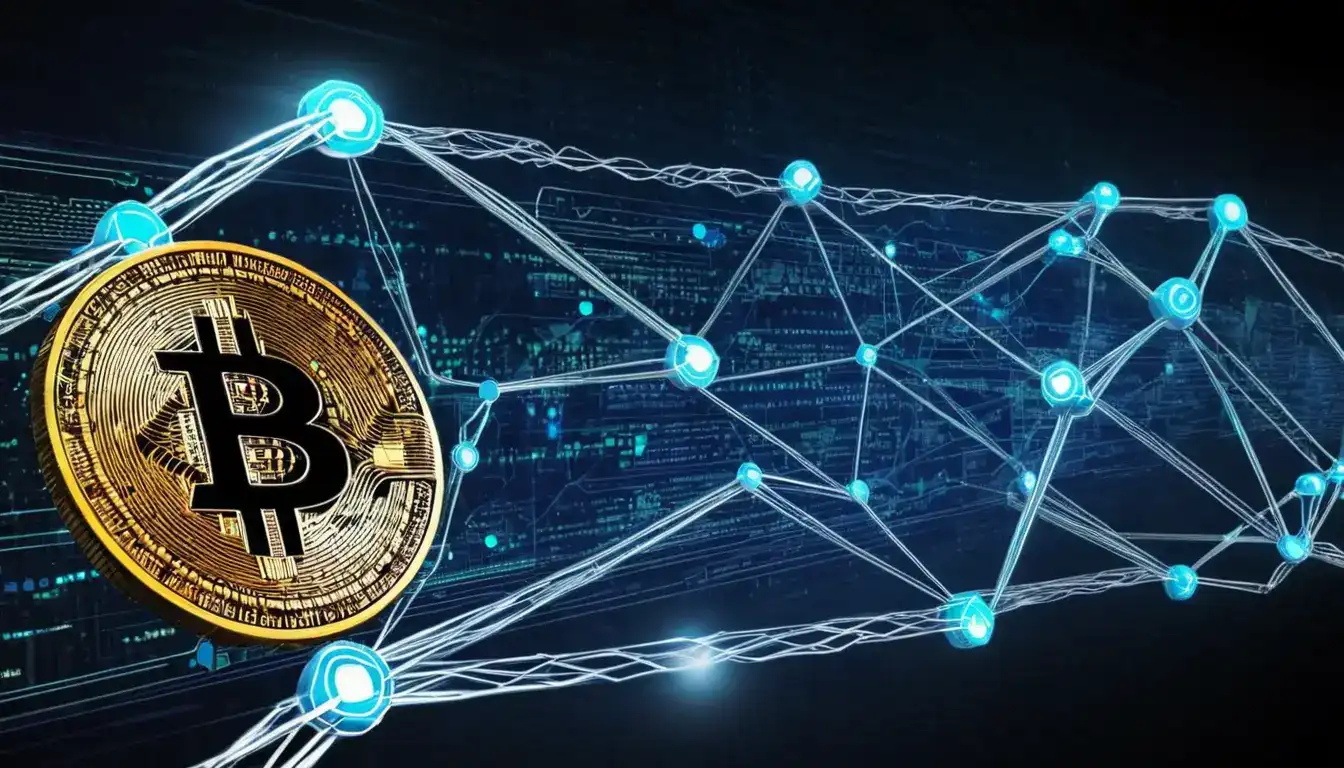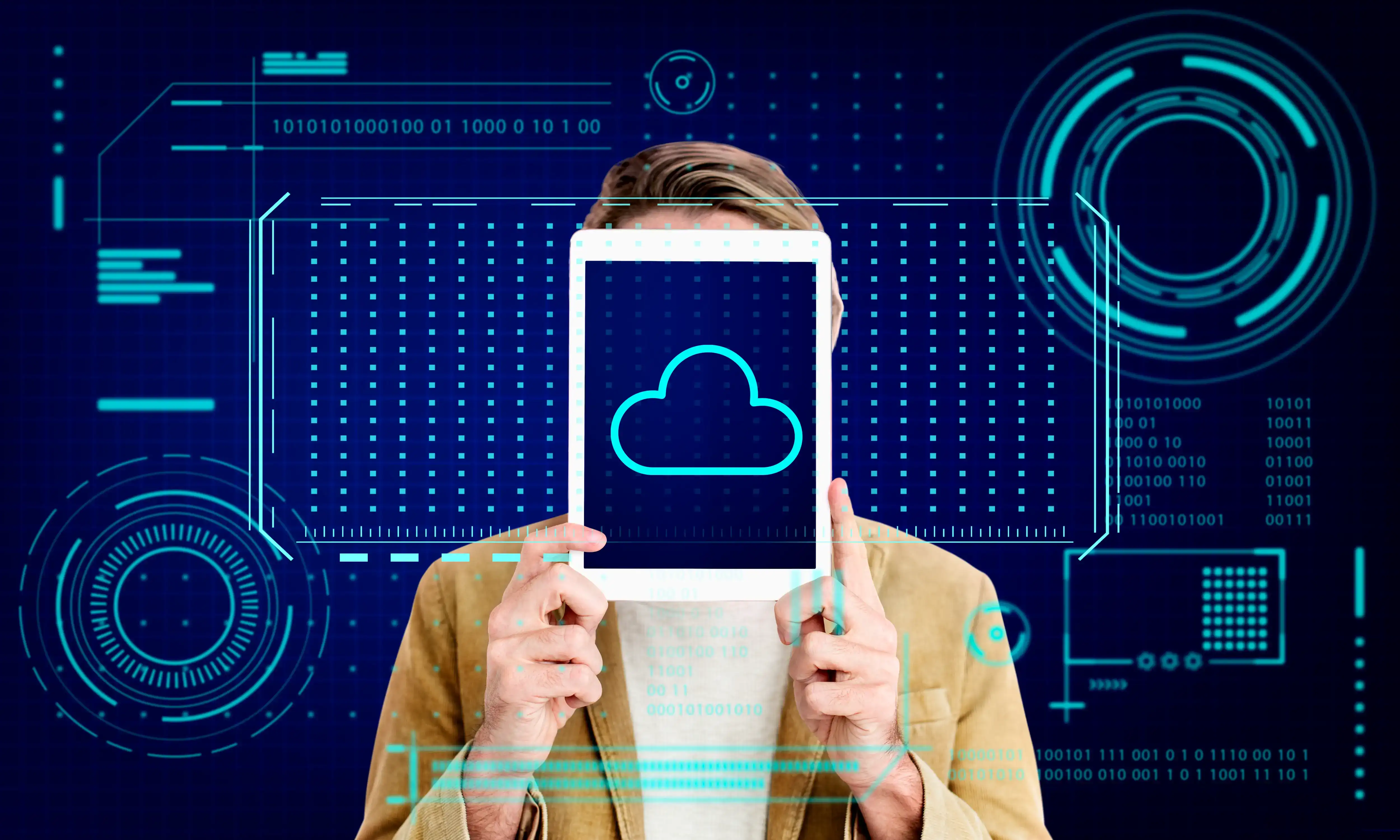Global Supply Chain Disruptions
Emily Willis

Photo: Global Supply Chain Disruptions
Navigating the Storm: Understanding and Building Resilience Against Global Supply Chain Disruptions
In an increasingly interconnected world, the journey of products from raw materials to your doorstep is a marvel of modern logistics. This intricate global web, known as the global supply chain, has transformed how businesses operate and how consumers access goods. Yet, this very interconnectedness also makes it vulnerable to unforeseen shocks. From the bustling factories of Asia to the shipping ports of Europe and the retail shelves in North America, a disruption at any point can send ripple effects across continents, impacting availability, pricing, and ultimately, our daily lives.
The past few years have thrust global supply chain disruptions into the mainstream conversation, moving them from boardroom discussions to dinner table topics. Events like the COVID-19 pandemic, geopolitical tensions, and even localized natural disasters have highlighted how fragile these complex networks can be, leading to widespread shortages, delays, and increased costs. Understanding these challenges and, more importantly, the strategies to build supply chain resilience, is crucial for businesses and consumers alike in navigating this new reality.
What Are Global Supply Chain Disruptions?
At its core, a supply chain disruption refers to any unexpected event or condition that interrupts the smooth and efficient flow of goods, services, or information within the supply chain. This can happen at any stage, from sourcing raw materials and manufacturing components to transportation, distribution, and even the final delivery to the customer. When these disruptions occur on a global scale, their consequences can be far-reaching, affecting entire industries and national economies.
Imagine a finely tuned orchestra; if one instrument falters, the entire performance can be affected. Similarly, in a global supply chain, a single point of failure can create bottlenecks and cascading problems. These interruptions can be low, medium, or high severity, with severe disruptions leading to significant financial losses, production delays, compromised product quality, and even factory closures.
The Root Causes of Disruption: Why Supply Chains Falter
The reasons behind supply chain issues are multifaceted and often interconnected, creating a "perfect storm" of challenges. Understanding these primary and secondary causes is the first step toward building a more robust and adaptable supply chain.
Geopolitical Tensions and Trade Wars
Geopolitical factors are increasingly significant drivers of supply chain challenges. Trade wars, sanctions, political instability, and regional conflicts can significantly alter established logistics routes and supply sources. For example, the ongoing Russia-Ukraine conflict has continued to impact global supply chains, particularly concerning energy supplies and intermodal services. Similarly, trade tensions between major economic powers, such as the U.S. and China, have led to tariffs and export controls on critical goods like semiconductors, forcing companies to rethink their sourcing strategies.
Natural Disasters and Climate Change
Our planet's changing climate and unpredictable weather events pose a constant threat to global logistics. Natural disasters like earthquakes, hurricanes, floods, and wildfires can damage infrastructure, disrupt transportation, and affect the availability of raw materials, leading to severe manufacturing delays and product shortages. Experts predict that weather-induced supply chain disruptions will continue to increase in the coming years due to more frequent heat extremes and changing rainfall patterns.
Pandemics and Health Crises
The COVID-19 pandemic served as a stark reminder of how rapidly a health crisis can cripple global supply chains. Lockdowns, travel restrictions, and labor shortages disrupted production and transportation networks, causing widespread shortages of essential goods. Even as the immediate crisis subsides, the lessons learned from this period continue to shape supply chain management strategies, emphasizing the need for greater preparedness.
Economic Volatility and Inflationary Pressures
Fluctuating oil prices, unpredictable inflation rates, and shifting trade policies directly impact the cost structures and operational stability of businesses. Supply chain disruptions can contribute to inflationary pressures as businesses pass on higher costs for raw materials, transportation, and labor to consumers. This economic instability makes accurate demand forecasting and cost management increasingly difficult.
Labor Shortages and Workforce Management
A consistent and skilled workforce is the backbone of any supply chain. However, labor shortages, particularly in sectors like trucking, warehousing, and manufacturing, can lead to significant delays and increased operational costs. Strikes and other labor disruptions can also halt entire sections of the supply chain for extended periods.
Cybersecurity Threats and Technological Failures
As supply chains become increasingly digitized, they also become more vulnerable to cyberattacks and technological failures. Data breaches, ransomware attacks, or IT disruptions can lead to significant financial losses and operational delays. Ensuring robust cybersecurity protocols across the entire supply chain network, including third-party suppliers, is paramount.
The Far-Reaching Impacts of Disruption
The consequences of supply chain disruptions extend far beyond a single factory or port. They create a ripple effect that touches economies, businesses, and consumers worldwide.
- Financial Losses and Increased Costs: Disruptions often lead to unexpected expenses, such as higher costs for expedited shipping, sourcing from alternative suppliers, or paying inflated prices for scarce raw materials. Businesses can lose significant annual revenue due to these issues.
- Delays in Production and Delivery: Interruptions cause significant setbacks in manufacturing schedules and delivery timelines, affecting customer satisfaction and brand reputation.
- Product Shortages and Scarcity: When the flow of goods is interrupted, consumers may face empty shelves and difficulty obtaining desired products, sometimes at significantly inflated prices.
- Inflationary Pressures: As mentioned, increased costs from disruptions are often passed on to consumers, contributing to higher prices across various goods and services.
- Business Continuity and National Security Risks: Severe disruptions can lead to factory and store closures, increased unemployment, and even pose threats to national security if critical goods or defense components are affected.
Building Resilience: Strategies for a Robust Supply Chain
In the face of ongoing volatility, building supply chain resilience is no longer optional; it's a strategic imperative. Companies are actively re-evaluating and modifying their supply chain strategies to better withstand future shocks.
Here are key strategies for mitigating risks and enhancing supply chain resilience:
1. Diversify Your Supplier Base
Reducing reliance on a single supplier or geographic region is a cornerstone of resilience. By spreading sourcing across multiple regions and suppliers, businesses can mitigate risks associated with localized disruptions, geopolitical instability, or even a single supplier's financial issues. This could involve a "China Plus One" strategy or exploring "nearshoring" opportunities to bring production closer to home.
2. Enhance Supply Chain Visibility and Transparency
You can't manage what you can't see. Real-time visibility into the entire supply chain, from raw materials to final delivery, is crucial for early detection of potential issues. Technologies like IoT devices can provide continuous updates on product and shipment locations, allowing for quick action if delays or problems arise.
3. Invest in Advanced Technology and Digital Transformation
Technology is a powerful enabler of supply chain resilience.
- Artificial Intelligence (AI) and Machine Learning (ML): AI can revolutionize supply chain management by improving decision-making, enhancing predictive analytics, and automating tasks. AI-powered systems can analyze vast amounts of data to forecast demand, optimize inventory levels, and predict potential disruptions, allowing for proactive adjustments.
- Internet of Things (IoT): IoT devices provide real-time tracking and monitoring of assets and shipments, offering crucial visibility and responsiveness.
- Blockchain: This technology enhances transparency and security by creating immutable records of transactions, crucial for traceability and reducing fraud.
- Digital Twins: Creating virtual replicas of physical supply chains allows companies to test "what-if" scenarios and understand the impact of decisions or disruptions before they occur.
- Cloud-Based Solutions: These platforms facilitate seamless collaboration and information sharing across different stakeholders and geographies, crucial for coordinated responses.
4. Implement Robust Risk Management and Scenario Planning
Proactive risk management involves identifying, assessing, and prioritizing potential risks across the entire supply chain. This includes
Latest ✨
View AllTransform your sales approach. Discover top modern sales techniques, including consultative selling, to connect, persuade, and build lasting customer relationsh...
Emily Willis
Libraries are no longer just about books! Explore their exciting evolution into vital digital hubs and dynamic community learning centers.
Emily Willis
Automation & AI are reshaping industries, boosting productivity, & creating job challenges. Grasp their crucial economic impact in this transformative era.
Emily Willis
Parent's guide to easy, great-looking kids' haircuts. Achieve stylish, stress-free strands & make hair day a breeze for your child.
Emily Willis
Business
View All
June 9, 2025
Build a Sustainable BusinessUnlock enduring success by building a sustainable business. Discover how balancing People, Planet, & Profit drives long-term viability & positive impact.
Emily Willis

July 7, 2025
Louisiana Business Search SOSUnlock Louisiana business insights! The official LA Business Search SOS provides vital records for corporations, LLCs, and more, empowering informed decisions.
Emily Willis

June 8, 2025
Craft Your Winning Business StrategyCraft your winning business strategy! Gain clarity, direction & a competitive edge for sustained success & growth in any market.
Emily Willis
Economy
View AllUnlock the secret of price elasticity! Learn how price changes affect demand, revenue, and your everyday purchasing decisions. Essential for businesses & shoppe...
Read MoreUnlock comfort & convenience with BA premium perks! Explore Executive Club benefits, premium cabins, and more for an extraordinary travel experience.
Read MoreDemystify market equilibrium! Learn how supply and demand meet to dictate prices and quantities, impacting consumers, businesses, and the economy.
Read MoreEntertainment
View All
August 4, 2024
Exploring Virtual Reality (VR) in Entertainment: Future Applications and DevelopmentsVirtual Reality (VR) technology is revolutionizing the entertainment industry by providing immersive and interactive experiences that transform audience interaction with content. VR creates simulated environments that allow users to engage with virtual worlds, characters, and narratives in ways that traditional media cannot.
Emily Willis

July 8, 2025
EVO EVX Cary ExperienceEVO EVX Cary redefines entertainment! Experience integrated cinema, dining, and activities all under one roof for an unforgettable leisure experience.
Emily Willis

August 5, 2024
Music Universal Language: Connecting and Inspiring Across CulturesMusic has the power to transcend language barriers and connect people on a deep emotional level. It serves as a bridge between cultures, fostering understanding and appreciation for diversity. The universality of rhythm and melody creates a sense of unity, while the diversity of musical styles allows for exploration and creativity.
Emily Willis
Health
View Allsleep for physical and mental well-being, discussing the benefits of sleep such as physical restoration, brain function, emotional regulation, concentration, and reduced risk of chronic diseases. It explains the different stages of the sleep cycle and provides guidelines for how much sleep individuals of different ages need.
Emily Willis
Uncover Dignity Health's "Passions": the deep commitment to humanity, dignity, and patient-centered care that defines their exceptional healthcare.
Emily Willis
My Premise Health Solutions offers direct, personalized healthcare that boosts employee well-being & cuts costs for employers. Revolutionizing access to care!
Emily Willis
Trending 🔥
View All
1
2
3
4
5
6
9
10
Lifestyle



Technology
View All
August 4, 2024
Blockchain Beyond Cryptocurrency: Innovative Uses in Various Industries
Blockchain technology is more than just cryptocurrencies like Bitcoin, it has far-reaching applications in various industries. Blockchain is a decentralized digital ledger that ensures transparency and security by recording transactions across multiple computers. It is being used innovatively in sectors such as supply chain management, healthcare, finance, real estate, voting systems, and intellectual property.

August 5, 2024
Types of Cloud Computing Services Available
Cloud computing has become essential for modern businesses, offering services that streamline processes, reduce costs, and increase flexibility. Understanding the types of cloud computing services available, such as Infrastructure as a Service (IaaS), Platform as a Service (PaaS), and Software as a Service (SaaS), can help businesses make informed decisions.

August 4, 2024
How Flying Qudits Promise a Revolution in Quantum Communication
communication, flying qudits are poised to revolutionize the way we transmit and process information. With the potential for unbreakable encryption, blazing-fast quantum internet, and advancements in various fields, the future of flying qudits looks promising. While there are challenges to overcome, researchers are actively working on refining the technology. Overall, flying qudits offer a glimpse into a quantum future that is faster, safer, and filled with endless possibilities.

August 5, 2024
Tips for Implementing Cloud Computing Safely and Efficiently
Cloud computing is essential for modern businesses, offering cost savings, scalability, and improved collaboration. Implementing cloud computing requires careful planning to ensure safety and efficiency. Tips for safe and efficient implementation include conducting a needs assessment, choosing the right cloud service model, prioritizing security, planning for data migration, optimizing costs, training your team, implementing backup and recovery solutions, monitoring performance, planning for scalability, and staying updated with industry trends.

















